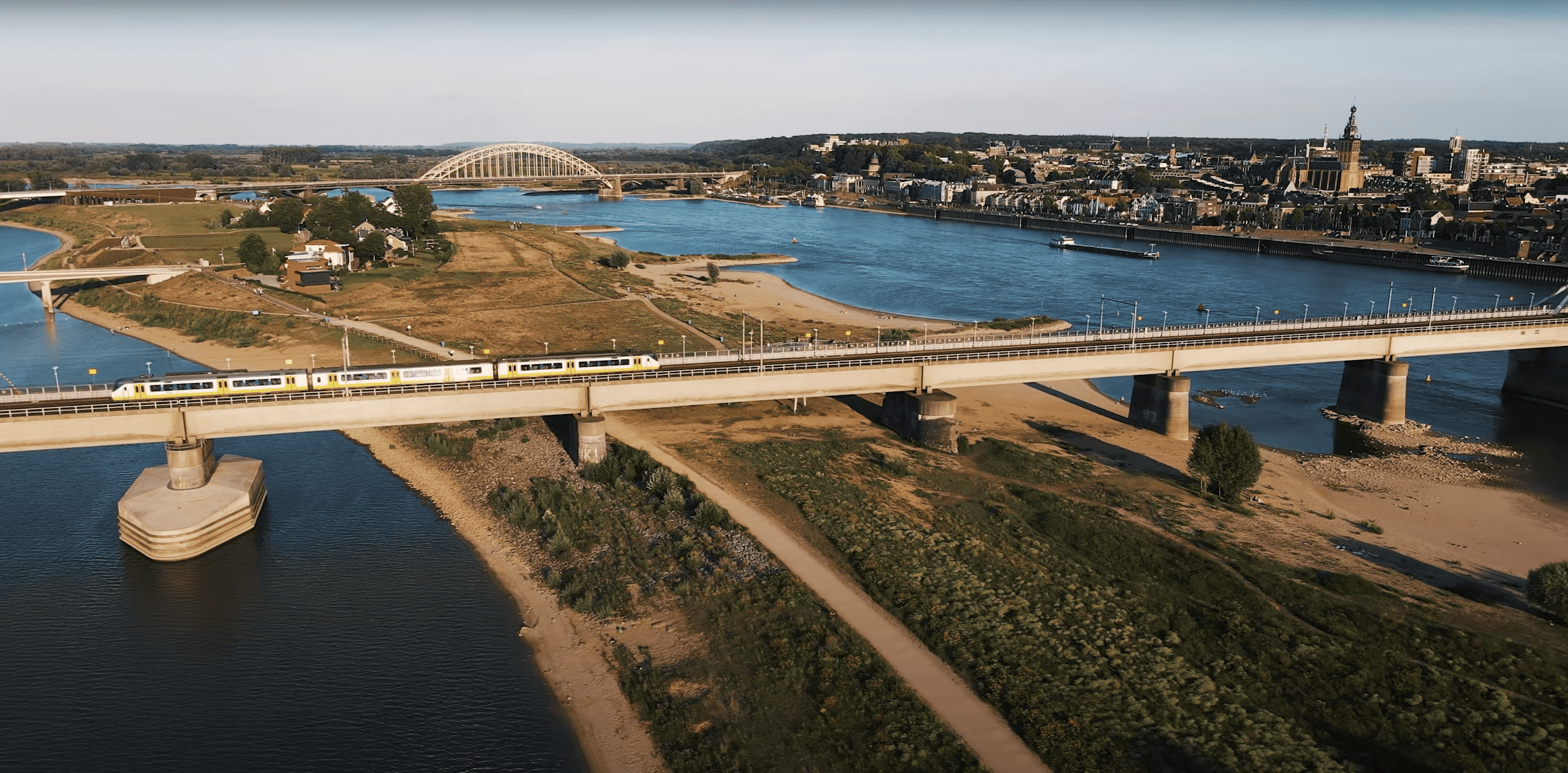
With the imminent threat of climate change and rising water levels, the Netherlands is pioneering a groundbreaking approach to flood management. The ‘Room for the River’ programme, launched by the Dutch Government in 2007, is creating more space for rivers to prevent flooding. The scheme includes over 30 initiatives, such as lowering floodplains, creating water buffers, relocating levees, and constructing flood bypasses. This approach, which restores natural floodplains and improves ecological quality, has drawn global interest, setting a benchmark for flood defense strategies. Worldwide river and floodplain rehabilitation efforts aim to restore the natural functions of rivers and offer benefits such as flood risk reduction, water quality improvement, and groundwater recharge.
- The Netherlands leads in flood management with the ‘Room for the River’ program.
- This innovative program aims not only to handle higher water levels but also to enhance the ecological quality of river regions.
- The success of the Dutch strategy highlights the importance of tailored, landscape-integrated flood defense approaches.
A new approach
The Netherlands, a country with an existential need for water management, has long been at the forefront of flood defense strategies. Its ongoing initiative, the ‘Room for the River’ programme, is a testament to its innovative approach. Launched in 2007, the programme is a set of over 30 separate projects that aim to make room for rivers to flood safely. Key strategies include lowering floodplains, creating water buffers, relocating levees, increasing the depth of side channels, and constructing flood bypasses.
At the heart of this programme is the goal of restoring the river’s natural floodplain in places where it is least harmful, thereby protecting areas that need to be defended. The objective is not just to handle higher water levels in rivers, but also to improve the overall environmental quality of the river region.
Public support and implementation
The success of the ‘Room for the River’ programme lies in its public support and its nuanced approach to implementation. Each project is tailored to the specific needs of the area, combining capacity requirements, spatial quality, and area development. This customization has resulted in increased public support compared to similar large-scale projects.
Furthermore, the initiatives are designed to harmoniously blend with the landscape, creating a natural and picturesque environment. The integration of safety with nature, tourism, and habitation has led to benefits such as the use of Waaleiland Veur-Lent as a city park and the protection of farms through the construction of new mounds.
A global interest
The ‘Room for the River’ programme has drawn global interest. During a workshop on Flood Risk Management under Climate Change at UCLA School of Law, Herman Havekes from Utrecht University presented on the Dutch organization of water management and their approach to riverine floods.
The Dutch system, with its central position of water boards, strict statutory water safety standards, and the establishment of a Delta Commissioner, left a positive impression on other participants. The workshop highlighted the importance of proper spatial planning and water management in mitigating the impacts of climate change.
Benefits of river rehabilitation
River and floodplain rehabilitation and restoration focus on restoring the natural functions of rivers that have been degraded by human interventions. These restoration measures provide benefits for ecological functioning and human society, including flood risk reduction, water quality improvement, and groundwater recharge.
Floodplains serve as natural systems for preservation and restoration, contributing to the overall health of ecosystems. Natural Water Retention Measures (NWRM) can be implemented to reduce flooding risk by improving water storing capacity in floodplains.
Future of flood defense strategies
The ‘Room for the River’ programme is not just a Dutch story. It provides a blueprint for flood defense strategies worldwide. With the increasing threat of climate change and rising water levels, it is crucial to create more physical space for water.
As we move forward, spatial planning should not only be regarded as an instrument for regulating the land required for flood reduction, but also as an important perspective through which participation can be facilitated and through which water management objectives can be balanced with other spatial claims on the landscape.







